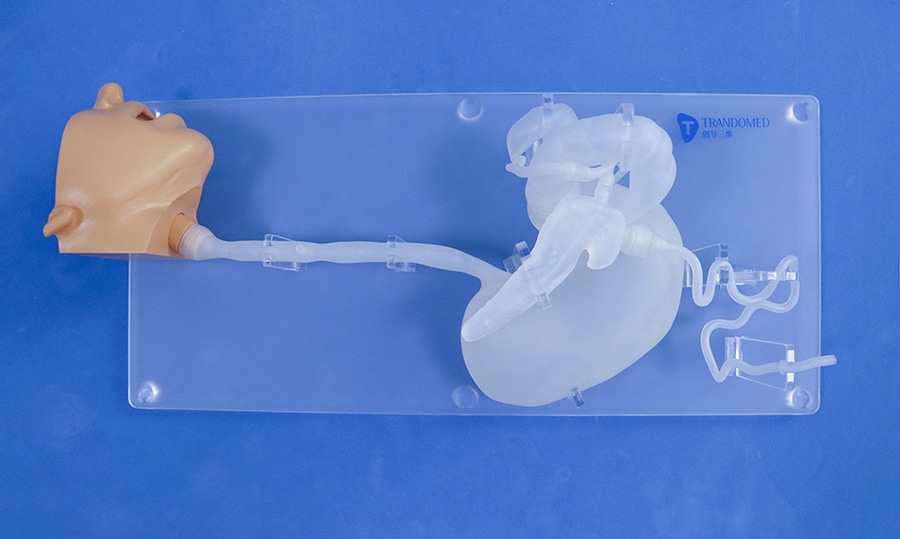
#Industry News
Difference between ERCP and MRCP
ERCP Simulator II
ERCP is an invasive procedure where incision is required on the body whereas MRCP is non-invasive i.e. done externally utilizing a machine that generates a magnetic field. ERCP consists of inserting a fibre-like tube called as an endoscope with a camera attached at one end, through the mouth uptill the pancreas and then viewing the inside of the gastrointestinal tract with the help of fluoroscope. Once the endoscope reaches beyond the stomach till the gall bladder, a dye is injected into the duct of the pancreas and viewed through a fluoroscope. The endoscope and the fluoroscope combined allow the physician to view the inner aspects of the stomach, pancreas and the duodenum.
MRCP consists of creating a magnetic resonance field generated by an MRI machine around the patient that then takes images which aid the diagnostic process.
ERCP involves the use of a contrast dye to be inserted while images are being taken whereas a dye is not used in MRCP as it is a completely non-invasive procedure.
Importance
ERCP is mainly used for diagnosing as well as treating abnormalities of the bile ducts and the pancreatic ducts such as gall stones, inflammatory strictures and leaks. ERCP is considered a boon for the dilatation of the sphincter due to the advent of endoscopy allowing insertion of small metal stents in collapsed ducts.
Fluoroscopy is used to check for blockages, lesions and stones. ERCP is also used for the treatment of obstructive jaundice, stricture of various bile ducts and pancreatic or gall bladder tumour.
MRCP is more often used with a diagnostic point of view whereas ERCP is more often used for therapeutic purposes. MRCP is preferred as it is non-invasive and can help in diagnosing a particular condition. MRCP helps to visualize the bile and the pancreatic ducts as well as the surrounding soft tissues which is not possible in a person undergoing ERCP. Gone are the days when people used to opt for basic operative procedures with simple operations, as now better operative procedures like ERCP and MRCP have come up.
Importance
ERCP is mainly used for diagnosing as well as treating abnormalities of the bile ducts and the pancreatic ducts such as gall stones, inflammatory strictures and leaks. ERCP is considered a boon for the dilatation of the sphincter due to the advent of endoscopy allowing insertion of small metal stents in collapsed ducts.
Fluoroscopy is used to check for blockages, lesions and stones. ERCP is also used for the treatment of obstructive jaundice, stricture of various bile ducts and pancreatic or gall bladder tumour.
MRCP is more often used with a diagnostic point of view whereas ERCP is more often used for therapeutic purposes. MRCP is preferred as it is non-invasive and can help in diagnosing a particular condition. MRCP helps to visualize the bile and the pancreatic ducts as well as the surrounding soft tissues which is not possible in a person undergoing ERCP. Gone are the days when people used to opt for basic operative procedures with simple operations, as now better operative procedures like ERCP and MRCP have come up.
ERCP is done with the use of laparoscopy and fluoroscopy whereas MRCP is done with the use of magnetic resonance machine. ERCP involves the use of dye injection whereas MRCP does not involve the use of a contrast dye.
ERCP is preferred less these days as against MRCP considering the cost, risks and the complications involved in such a highly invasive procedure.





